Essential Reading: "I Am Error" Brings New Insight to the History of the NES
With a technical yet holistic approach to Nintendo's classic console, this new book establishes itself as a must-have for video game enthusiasts.
This article first appeared on USgamer, a partner publication of VG247. Some content, such as this article, has been migrated to VG247 for posterity after USgamer's closure - but it has not been edited or further vetted by the VG247 team.
Back in 1993, David Sheff published Game Over: How Nintendo Zapped an American Industry, Captured Your Dollars, and Enslaved Your Children. Despite the alarmist title — a relic of an age when Americans lived in fear of the mighty Japanese economy — Game Over offered a deep and well-informed look into the history of Nintendo and specifically its NES-era business throughout the latter '80s.
In fact, Game Over has proven over the years to be somewhat bulletproof. Nintendo has one of the most guarded corporate cultures in the world, and Sheff enjoyed unprecedented (and unduplicated) access to people who could peel back the layers of secrecy surrounding the company's history. That seems unlikely to change in the future, as Nintendo continues to insulate itself and we lose key figures who lived through Nintendo's formative years. Case in point: Since the book's initial printing, the two men who were arguably the most central minds behind Nintendo's evolution into a video game powerhouse, designer Gunpei Yokoi and long-time NCL President Hiroshi Yamauchi, have passed away.
As a result, nearly every look back at Nintendo's history published since 1993 has drawn heavily on Sheff's interviews; I've certainly referenced them to no end, and USgamer's obituary for Yamauchi was essentially just a paraphrasing of Game Over's early chapters. It's the definitive work on the subject, and its influence is hard to overcome.
That's a big part of what has made Nathan Altice's I Am Error such a pleasure to read. Newly published as part of MIT's Platform Studies series (which gave us the excellent Atari 2600 analysis Racing the Beam), I Am Error stands apart from dozens of NES retrospectives by bringing to the table an incredible amount of fresh information about the console that established the Nintendo empire. While it's light on new interviews, Altice approaches the NES from a technical angle, supported by ample research.
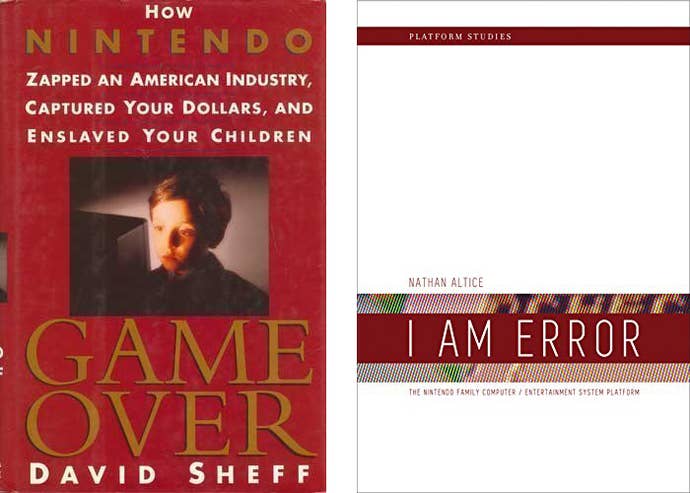
This makes I Am Error considerably more demanding a read than other Nintendo retrospectives; while it's never dry and rarely wanders too far into the weeds with its technical breakdowns, it expects a certain degree of attentiveness and comprehension from readers. It delves well beyond general computer terms like RAM and sprites into more complex concepts like HBLANK and name tables, as well as NES-specific concepts like memory mappers and CHR-ROM. While Altice dutifully explains each new idea as it's introduced, subsequent references assume readers have been keeping up with the terminology.
Make no mistake, though; this is not an engineering document. You can find plenty of breakdowns of NES functions online, written for programmers and developers; I Am Error is not one of them. The book isn't about teaching readers the ins and outs of homebrew programming or charting out the system's assembly language. Rather, Altice takes that raw information and explains how it shaped the design and evolution of NES software — and how, in turn, business and economic factors determined the direction of the NES's hardware.
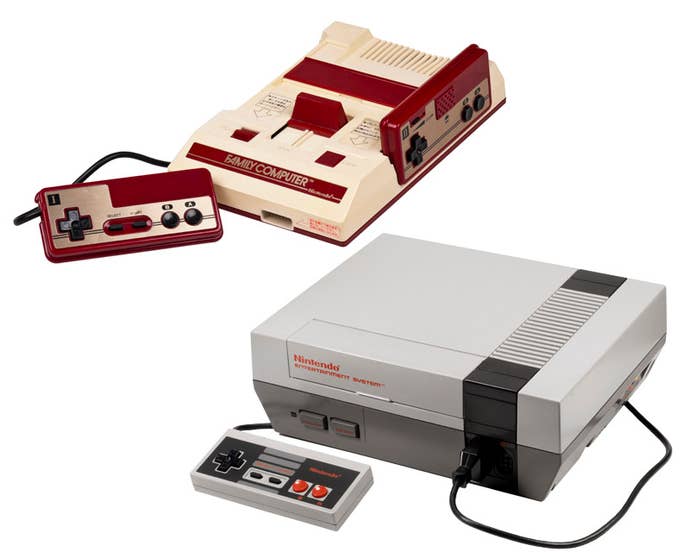
I Am Error takes a holistic view, in other words — not just for NES software, but with Nintendo's business as a whole, as well as the entirety of the video game medium. In fact, the book's most ambitious chapter begins by explaining why the concept of "console generations" is a false paradigm before diving into the workings of the advanced bank-switching techniques that allowed NES games to transcend the fundamental limitations of the console itself. Examples include the evolution of Dragon Quest from low-end PC roots, the trickery used for flashy visual showcases like the huge bosses in Mega Man 2, how peripherals like the Game Genie played off the console's design, and the nature of latter-day memory mapper chips (which Altice characterizes as "a console upgrade housed in a cartridge").
In a lot of ways, I Am Error covers the standard NES canon — Donkey Kong, Super Mario Bros., Dragon Quest — but I've never seen these games explored in such minute detail. By now, everyone's had their mind blown by the fact that the bushes in Super Mario Bros. use the same graphical tiles as the clouds, but Altice reveals how much deeper the rabbit hole goes by exploring the other patterns and repetitions that comprise the Mushroom Kingdom. More than just a study of how much content Shigeru Miyamoto and Takashi Tezuka crammed into a tiny cartridge, it serves as a tribute to the challenges involved in creating a fun, challenging, and balanced platform game on a cartridge that lacked even the storage capacity to plot even a single screen's worth of 8x8 pixel tiles. And, yes, the book also explains why that guy in the woods in Zelda II says, "I AM ERROR" — not just the meaning behind the joke, but the science behind Error's statement and role in the game.
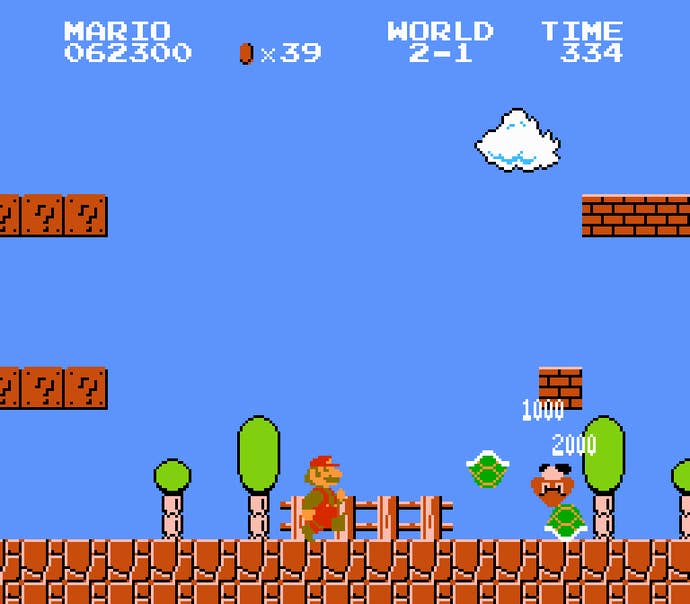
In the end, the book's name presents an interesting mirror image of Game Over's lurid subtitle. Where that title spoke of fear-mongering and xenophobia that didn't actually exist in Sheff's generally even-handed treatment of Nintendo, I Am Error's title calls to mind a certain gaming subculture eager to hold up the quirks of classic video games as so wacky. But if anything, I Am Error accomplishes the exact opposite: It demonstrates that NES games worked the way they did for very good reasons, and that every masterpiece required a delicate juggling act of creative inspiration and sheer programming determination.
Anyone with a serious interest in the medium's history absolutely needs to add this book to their library. It's exhaustively researched and smartly written, and I suspect that anything I write about the NES in the future will use it as a primary resource. Additionally, Altice was kind enough to answer a few questions for anyone curious to know more about the book.
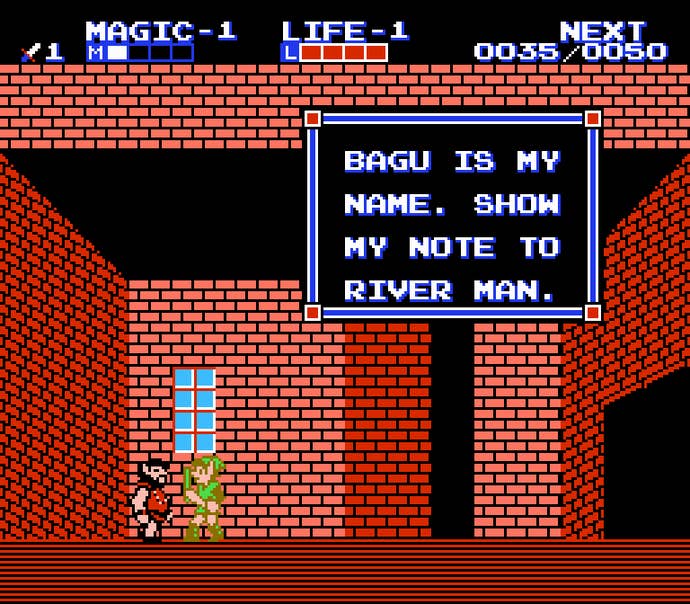
USgamer: First, can you tell me a little about yourself and your interest in/relationship to video games, and the NES specifically?
Nathan Altice: Currently I'm a professor in Kinetic Imaging at Virginia Commonwealth University. We generally cover 'time-based' media, encompassing everything from traditional animation to sound to motion graphics. When I started teaching two years ago, I pitched a class called Videogames + Procedural Media which is a kind of hybrid critique/studio class, i.e., we study, discuss, and make videogames. I've taught across three semesters now.
So my professional interest is both creative and academic. I enjoy teaching and making games. But my personal interest extends back to childhood (as I'm sure most videogame players would say). Though the first console I remember in our household was the Atari 2600, the first console I desired was the NES. I frequented arcades as a kid, and I still remember being about 5 or 6, staring up at a young guy playing a Super Mario Bros. cabinet. It's hard to convey now since Mario is such an entrenched part of our culture, but at the time, SMB was so supremely weird compared to its videogame contemporaries. The ability to shrink and grow and find secrets and scroll the screen and finish a level rather than looping over the same screen seemed mind-bogglingly magical at the time. Months later, when I found out I could play that same game at home on the NES, I knew I had to have it.
I think my parents finally relented around 1987 or so. I and many of my friends began to get our 'own' consoles, Nintendo Power arrived soon after, and videogames became a constant topic of discussion in elementary school. I was an artsy kid, so I loved drawing game maps and characters and creating my own game levels on graph paper. (Mike Tyson's Punch-Out!! is also the last game I can remember where my dad took a serious interest in playing games. Sorting out the individual boxers' patterns became a household obsession.) Stories like these are probably pretty familiar to players of my age.
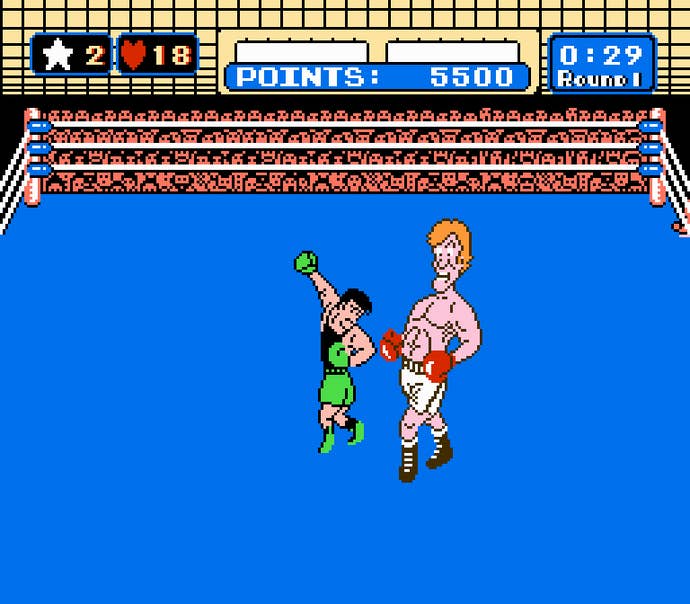
After moving through several newer consoles, I reconnected with the NES in college, as a collector. I only owned about a dozen games as a kid (though I rented many more), and in the late '90s, NES games went for dirt cheap and people were clearing out collections, so I and a friend began amassing a decent stockpile of games. Emulation also arrived in a serious way (via Nesticle) my freshman year, so I suddenly had access to many games I'd never played, especially Famicom-exclusive titles, bad translations, and weird ROM hacks. And thanks to early collector websites like Kevin Gifford's |tsr's NES archive, a whole world of NES esoterica became accessible. Likewise, artists like beige and Cory Arcangel began experimenting with the NES as an expressive medium, so I began looking at the console not only as an entertainment device but as a technological artifact.
I took a few years' rest from collecting but resumed again around 2007, joining communities like Nintendo Age and really getting into the history of the machine. I'd also been snooping around the NesDev community for a few years and began to poke around with programming in assembly, making simple demos, and reading loads of technical documentation. Those two communities are really the unsung heroes of the book, because they've done so much intense study of the platform and its games over the years that without them, the book wouldn't have been possible. I'm pretty awful at programming the NES, so they became an invaluable resource when I was stuck with an intractable technological question. And the more I studied the console, the more fascinated I became—it's really a remarkable computing platform with so many peculiar constraints and engineering decisions.
When I started my doctorate in 2008, game studies as a discipline had evolved to the point where it seemed I might actually be able to write about videogames in a scholarly manner, transforming what had been a hobby into an academic pursuit. In 2010, through a series of serendipitous events, I saw an open call for books for MIT's platform studies series. I had loved the Atari book and thought, 'Holy crap, I'd love to write the NES book,' but figured that was a pipe dream because I was still in grad school. But it turns out all this personal interest in the platform translated into a pretty good pitch. And so here we are. I can finally justify my 300+ NES cart collection as 'research.'

USG: So you didn't wake up one day and think, "It sure would be great to write a super in-depth exploration of the NES hardware" out of the blue, then. But "I Am Error" definitely doesn't read like any other NES history I've ever read — it touches on both the technical elements of the system and the business side. Did that make for as difficult a juggling act as it would seem?
NA: Definitely. Since the NES is one of the most popular consoles, it's been well-covered from the historical angle (as I'm sure you know...), and I wanted to be sure to add something to the conversation. Sheff's book seems widely-regarded as the definitive Nintendo book, and due to Nintendo's intense secrecy, a book like that could no longer be written. But Sheff was also not a technologist, so there were some glaring technical errors that I've seen propagated not only online—as most NES fan sites directly plagiarize Game Over—but also in academic sources. For instance, he wrote that Super Mario Bros. needed an added chip (a 'mapper') to accommodate its innovations, but that's inaccurate. He didn't get the technical details, but it was a different kind of book, so it wasn't necessary for him to be so detail-oriented.
So the challenge was how to reframe the historical accounts in a new way, and part of that strategy was returning to some untapped Japanese resources. I hired a translator (and learned some rudimentary Japanese) and began exploring some earlier documentation on the console that I'd never seen translated. That perspective became invaluable. For one, I'd never seen the Famicom's original prototype name, GAMECOM, mentioned in any English source. It's a minor detail, but I got really excited when I discovered things like that. And many of the NES's historical accounts, when told by competitors, claimed Nintendo was ripping off Atari's or Commodore's technologies. But when you look at the actual hardware, you see that they were really trying to mimic the ColecoVision. Yes, the Atari and Commodore shared a CPU, the MOS 6502, but the NES's graphics processor had incredible similarities to the ColecoVision's VDP—down to the names of hardware registers.
And while software like Super Mario Bros. is equally well-documented (again, as you know firsthand), there's been little discussion, except among the NesDev community, of how the game works from an engine level. It's a small miracle that the designers packed as much music, characters, and level diversity as they did into 40KB—less than your average TextEdit document. And they achieved that miracle by adhering closely to the Famicom's engineering design. It's still the game that best displays the stock design (sans mappers) of the Famicom, its PPU, and its cartridges. The fact that it happens to be one of the best designed games is a fortuitous bonus.
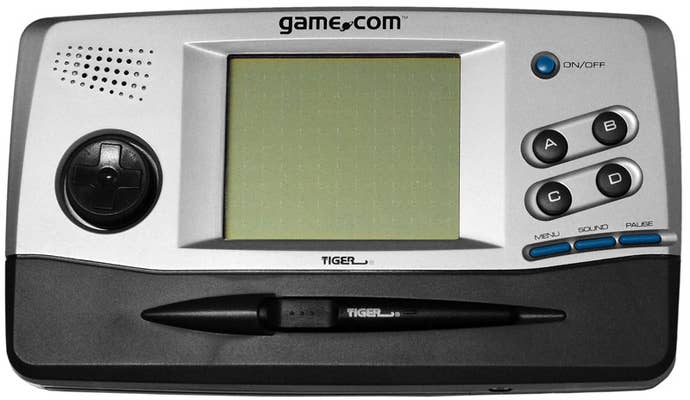
USG: Yeah, the technical breakdown of how Super Mario Bros. works, and how much Nintendo accomplished in a shockingly small memory space, might be the most interesting part of the book. That and the fact that many of the creative decisions that defined the NES were driven by technical considerations that were in turn shaped by business needs — basically, that none of these factors existed in a vacuum, and all of these things affected the other.
As you mention, Game Over has pretty much been the definitive treatise on Nintendo in the '80s, and there's been very little original research on the subject published since it was first released 20-odd yeas ago. Frank Cifaldi's done some great interviews about the U.S. side of the NES business, talking to folks like Gail Tilden, but the NOA people were really marketers first and foremost. They had little to no involvement with the technical aspects of NES development. Were there any mysteries you weren't able to solve about the NES/Famicom? Questions you wish you could have resolved? Or do you think I Am Error is as close as we'll see to a definitive work on the subject?
NA: It's probably too early and bit presumptuous to say, but I hope it's definitive for its intended audience. There's certainly technical minutiae that could be better covered, and I'm sure some members of the NES development community might be displeased with the 'surface' treatment of some subjects, but there were many topics in the original manuscript that just didn't make the cut because they were either too technically dense or too niche to appeal to a general readership. In the 'Big Boss' section, for instance, I cut a large section on Super C that broke down how the stage 1 helicopter boss exhibited the capabilities of the MMC3. This is fascinating to me, but likely boring for 99% of readers. So many of these topics I shift over to my website, where they can find their audiences.
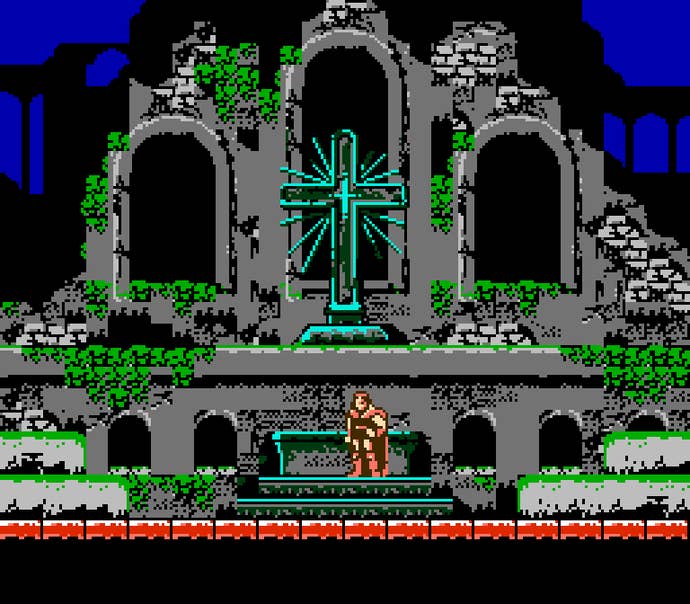
I wrote the book to be approachable to people who might want to dig a bit deeper than the history of the console so they can understand more about how things work at a technical level. Everyone who plays the NES recognizes sprite flicker as one of its defining traits, for example, but I'd like them to understand why that happens.
As for unresolved questions, there are a few historical and engineering questions that are impossible to know without talking directly to the creators. As a historian, you sometimes take a speculative leap based on the evidence at hand. (I'm actually speaking at an NES academic conference in Kyoto in two weeks where [NES hardware designer Masayuki] Uemura will be present — I hope to pin him down for a few questions!) As far as technical mysteries, the NES is still a living platform, so it is not (and may never be) fully understood. Because homebrew designers, for instance, have not really tackled an MMC5 game, many of its functions and capabilities are still somewhat cloudy. But again, we're talking about an extreme threshold of technical detail that's likely interesting to a small number of people. I think that's what's fascinating about 'obsolete' technology. Our current culture is progress-oriented—let's get new phones every year, new consoles every five, etc. But there is still so much to be mined from these old, but incredibly complex, machines.
If my book sticks around as long as Sheff's, I'd be honored. I'd like to see a Japanese-native take on the same subject, but written for an English audience. There's a linguistic barrier I could not completely surmount based on budget and time, and there's still so many primary sources that need scholarly attention (especially for the early Japanese PC industry).
USG: I know Uemura retired from Nintendo years ago, but in my experience ex-Nintendo people tend to be pretty tight-lipped about their time at the company. Assuming you did manage to pry anything loose about the NES/Famicom's history, would you consider publishing it as a supplement to I Am Error?
NA: Yeah, I don't have high hopes, but it's worth a shot. If I did get any useful answers, I'd probably just post them online.
USG: Any last interesting facts prospective readers should know?
NA: I can beat Contra in one life. That probably speaks for itself.
